The beauty of life lies in coincidences. We cross paths with many people in our lives. Some remain, while the memories of many have faded with time. But why do we meet people? Are people destined to meet for reasons? I’d love to think so. But I haven’t found the reasons. And neither do I want to. And it’s this mystery that makes life so intriguing and worth living. Our lives are bounded by shallow perceptions and we often let ourselves be consumed by our own beliefs and perspectives, not realizing the impact it could have on people around us. And it is only when we break free from the confines of our inner worlds, we realize that human lives are all connected by the enigmatic forces of the universe that is too magical and profound to be explained and put into words.
Stories about interconnected human lives have always fascinated me long before I became a film junkie. Filmmakers have been using multiple storyline narrative structures to convey the essence of the film’s major themes. So, this brings me to another list. This time, exploring films about interconnected human lives. And here they are.
1. Three Colors: Red (1994)
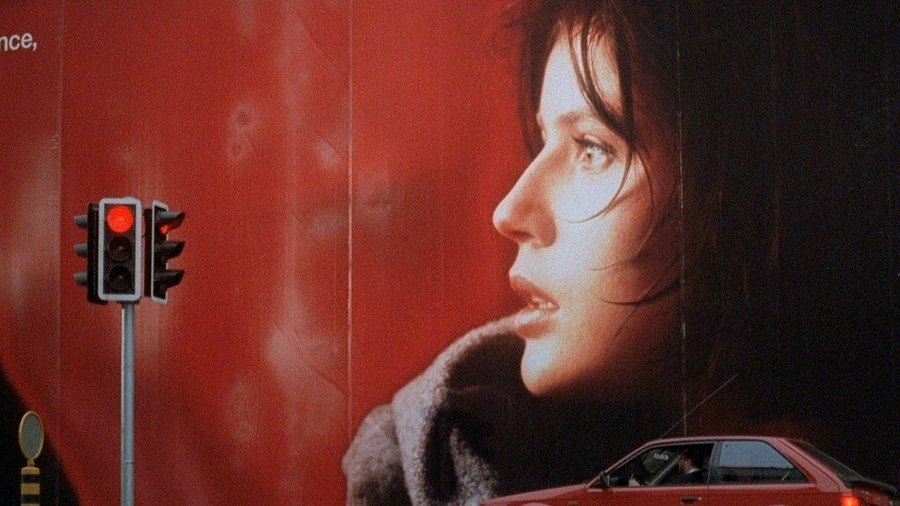
Those beautiful, melancholic eyes of Irene Jacob. The cynical wisdom of an old Judge. An idealistic law student with pure dreams and ambitions in life. Krzysztof Kieslowski’s ‘Three Colors: Red’ is perhaps the finest portrait of human relationships and the interconnectedness we all share as people in the world. The film is centered around Valentine, a gorgeous, young woman who accidentally hits a pregnant dog and tracks down the owner of the dog only to find that he is least concerned about the dog. The two begin to develop a complex emotional bond with each other with the only hindrance to a potential romantic relationship being their age disparity. Kieslowski draws a parallel with another story of an idealistic young law student with high ambitions in life, hoping to pass the exams and become a judge and the stories intersect via a beautiful tragedy that brings people together for life. ‘Red’ is a poignant portrait of human interactions between people who are separated by time and destiny and could only wish if they had met at a different time, in a different place, in a different world with the same feelings.
2. Magnolia (1999)
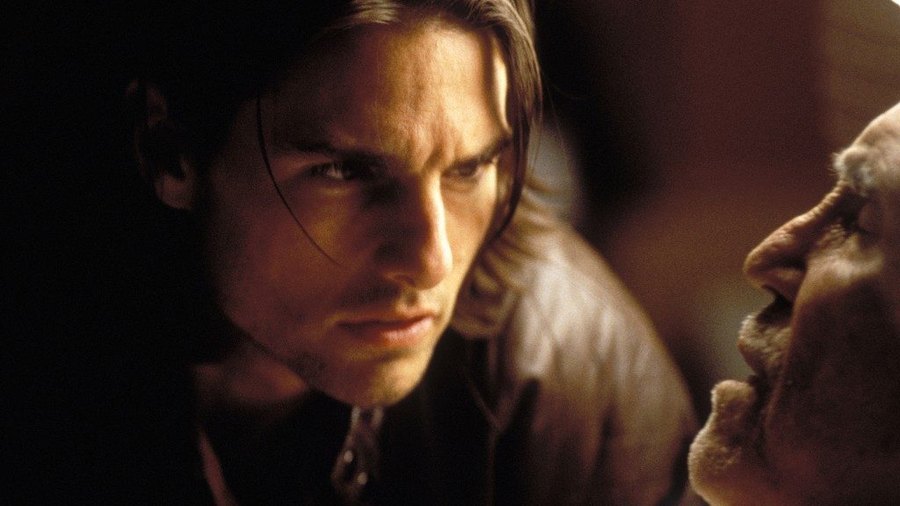
Perhaps the most memorable use of multiple storyline structure ever in cinema. Paul Thomas Anderson, in his third feature, pours his heart out, breathing a sense of passion and vigor onto every frame in crafting a masterpiece that is now regarded as one of the finest cinematic achievements in modern cinema. ‘Magnolia’ depicts a single day in the life of various interrelated people from different phases of their lives in the San Fernando Valley. Heavily influenced by Robert Altman, Anderson sketches his characters and their plight in a way that Altman did in ‘Short Cuts’ while taking a step further in terms of writing that cuts through the obscurities and intricacies of his characters. Anderson’s vision of human lives as the petals of a flower in all its tenderness and vulnerabilities is breathtakingly beautiful and moving beyond words. And ultimately, ‘Magnolia’ is what life is all about. Meet people. Fall in love. Drift apart. Regret over aching memories. And strange things happen all the time.
3. Short Cuts (1993)
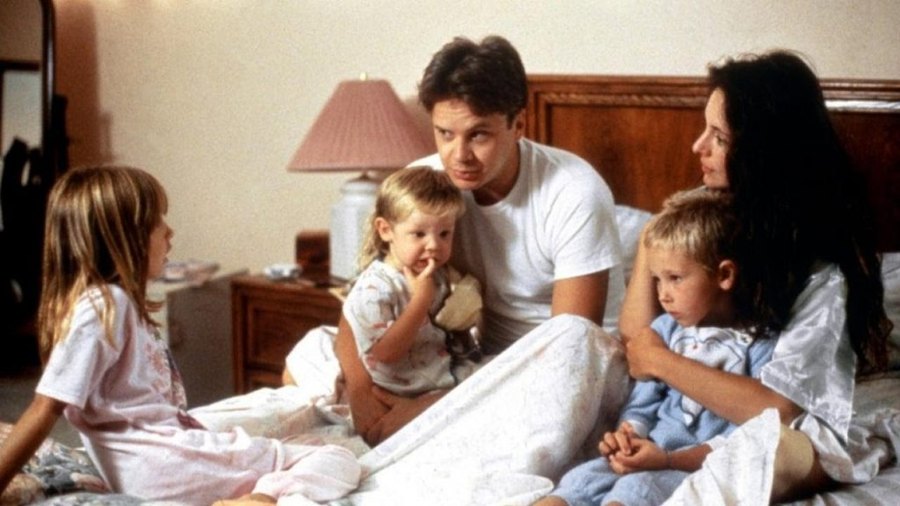
The genius of Robert Altman, to this day, remains unexplored and unrecognized by a surprisingly large number of cinephiles. His “anti-Hollywood” approach didn’t go well with some critics and audiences during its time and quite often unsettled his viewers with a unique, tasty sense of humor and satire that was hitherto undone in Hollywood. Inspired by nine short stories and a poem by Raymond Carver, ‘Short Cuts’ tells the stories of 22 leading characters from the film, exquisitely tied up in complex, intricately woven narratives that play out like a well-orchestrated symphony of life. Rated by critics as one of Altman’s finest works, the film would give birth to another genius named Paul Thomas Anderson who would later go on to recreate the magic of ‘Short Cuts’ with another masterpiece.
4. Ship of Theseus (2013)
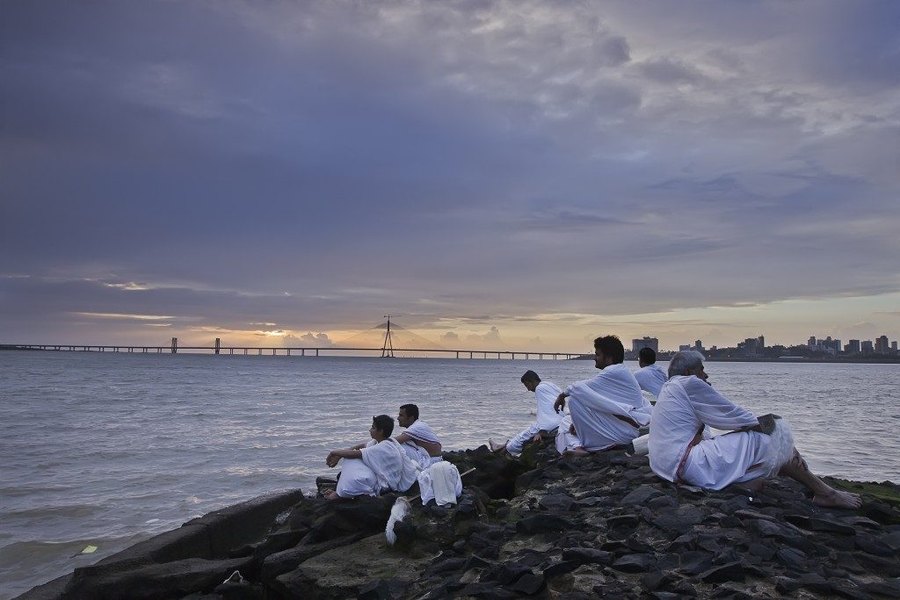
Without the slightest tinge of doubt or hesitation in my mind, I can say that Anand Gandhi’s ‘Ship of Theseus’ is the finest film to have come out of India in a long, long time. I can hardly think of any other contemporary Indian film that would come anywhere near within breathing distance of the ambition and profoundness of this indie masterpiece. Anand Gandhi’s staggering philosophical exploration of human existence and the purpose behind the creation of mankind, wooed critics from across the globe with its emotional resonance and philosophical depth. The film tells stories of 3 seemingly unrelated people; a blind photographer, an ailing monk and a young stockbroker whose lives question their perceptions of reality, individualism, personal beliefs and moral and ethical values. The film has gone on to win numerous international accolades and was included as part of the Member of the Critics’ Circle UK’s screening of “the film that changed their life”. Push this one up straight to the top of your watch list if you haven’t seen it. A must-watch for every true lover of cinema. One that has the power to change your life.
5. Nashville (1975)
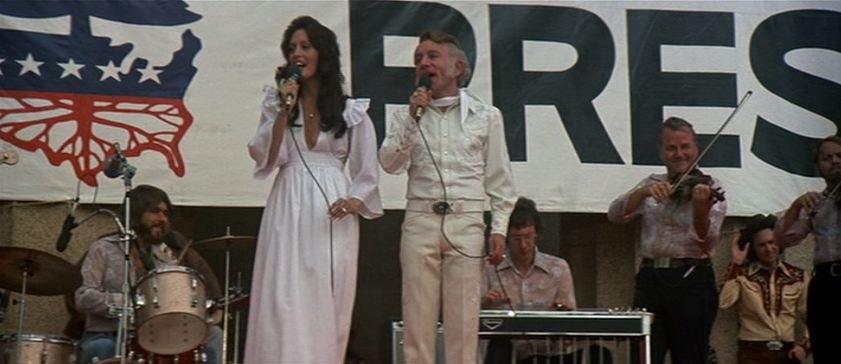
Robert Altman’s undisputed masterpiece, ‘Nashville’ is one of the greatest satirical dramas in cinema history. Daring and ambitious in its scope, the film is a glorious mosaic of interrelated characters, including a political organizer and his wife and country singers who are set to compete against each other. Altman throws light on the celebrity culture in America and the general public’s undying obsession with stars and popular culture using his own signature satirical style to convey the essence of the themes. The film focuses on 24 characters around Nashville, each of them with different desires and goals in life, while the film’s central focus remains on a political rally for Replacement Party candidate Hal Philip Walker. The numerous themes dealt with in ‘Nashville’ continue to attract the attention of various film critics, scholars, and other experts around the world, and it is regarded as one of the most influential works in American cinema.
6. Chungking Express (1994)
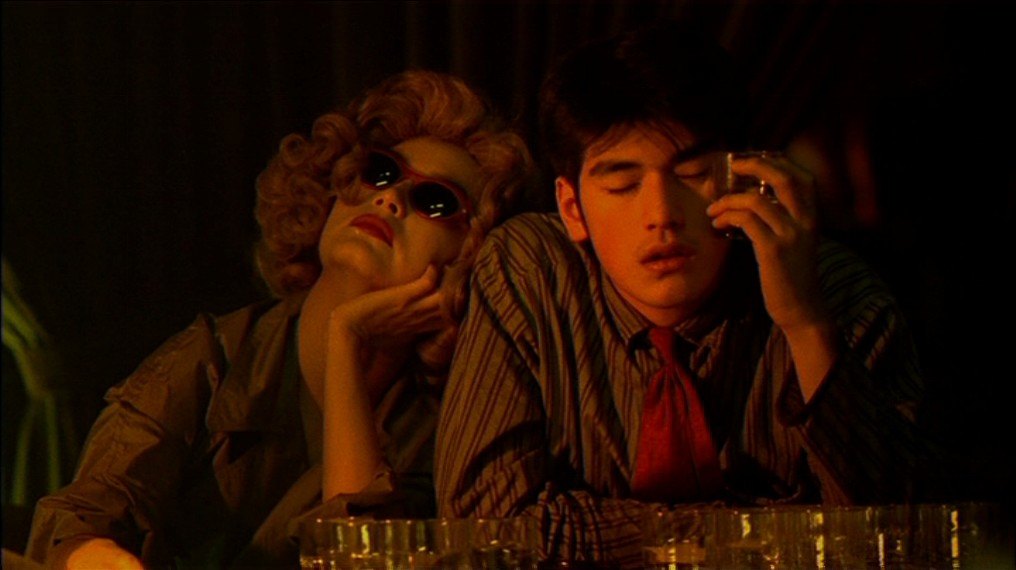
The magic of Wong Kar-wai’s cinema lies in his ability to observe life happening around the streets or in the city and turn into a visual fest. Most people recognize his work through the heart-wrenching romantic drama, ‘In the Mood for Love’ but ‘Chungking Express’ is unquestionably his most challenging and ambitious work and is the quintessential Wong Kar-wai film in every aspect. ‘Chungking Express’ uses a multiple storyline structure that tells the parallel stories of two cops; both desperate and longing for love and companionship in the midst of a very mechanical city life. Exploration of loneliness in city lives has been one of the major themes running in Kar-wai’s films and in ‘Chungking Express’, he paints the inner worlds of solitary souls with his own trademark style that blends colors with exquisite visuals of the city. The lives do not interconnect throughout the film but there are brief appearances of the characters from the second story during the first and Kar-wai uses them to dramatize the elements of randomness and strange connections that human lives share.
7. Amores Perros (2000)
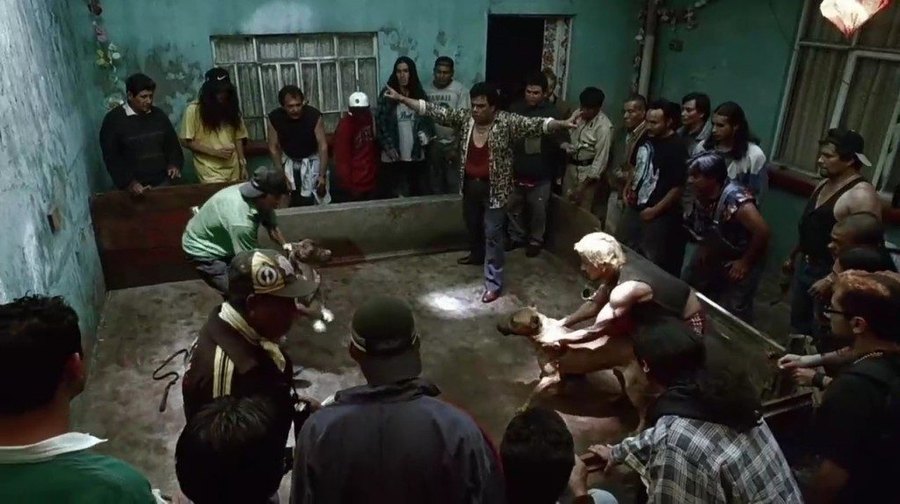
Mexican maverick Alejandro Gonzalez Inarritu’s feature film debut, ‘Amores Perros’, is a fierce, scorching display of exceptional filmmaking craftsmanship. The film is a triptych containing 3 distinct tales, each of them searingly exploring the themes of human loss, regret and pain. Inarritu draws out human lives deeply soaked in misery and heartbreaks with his trademark style that seamlessly blends elements of realism and subtle melodrama. Inarritu masterfully interweaves the 3 story-lines that reflect upon the tragic lives of people from different strata of society and how people’s lives get entangled with each other as a result of the turbulent repercussions of the choices we make and the actions we take. ‘Amores Perros’ is a film that shook me beyond words due to its sheer rendering of humanity and poignantly personal touch; one that ripped my spirits into pieces I could never gather back.
8. Pulp Fiction (1994)
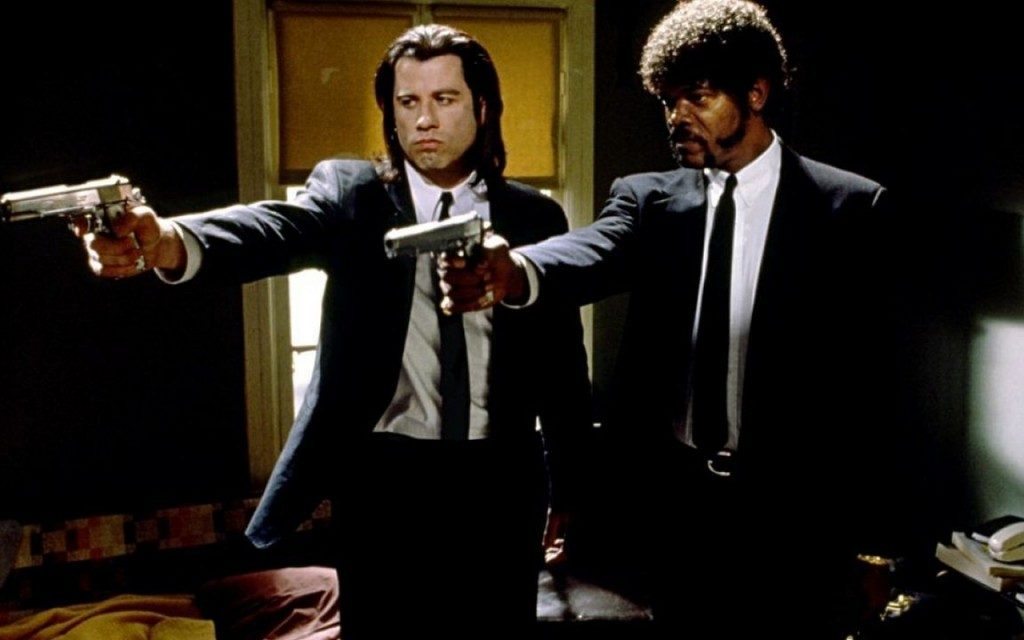
Quentin Tarantino’s magnum opus is a hybrid cinematic explosion of violence, dark humor, pop culture, eclectic dialogues, and a delectable soundtrack. ‘Pulp Fiction’ revolutionized American cinema in the 90s and is widely regarded as one of the most iconic films of all time. Dialogues, characters, scenes and images of the film are indelibly etched in the memories of every cinephile across the world. Using a non-linear narrative, ‘Pulp Fiction’ depicts the lives of two hitmen, a boxer, a gangster’s wife, and a pair of diner bandits whose lives get intersected in tales that explore violence, masculinity, loyalty, and redemption. An astounding work of art that remains timeless in its unmatched cinematic vision. The film further popularized the use of non-linear narratives and spawned numerous films that worked on the multiple story-line structures.
9. Babel (2006)
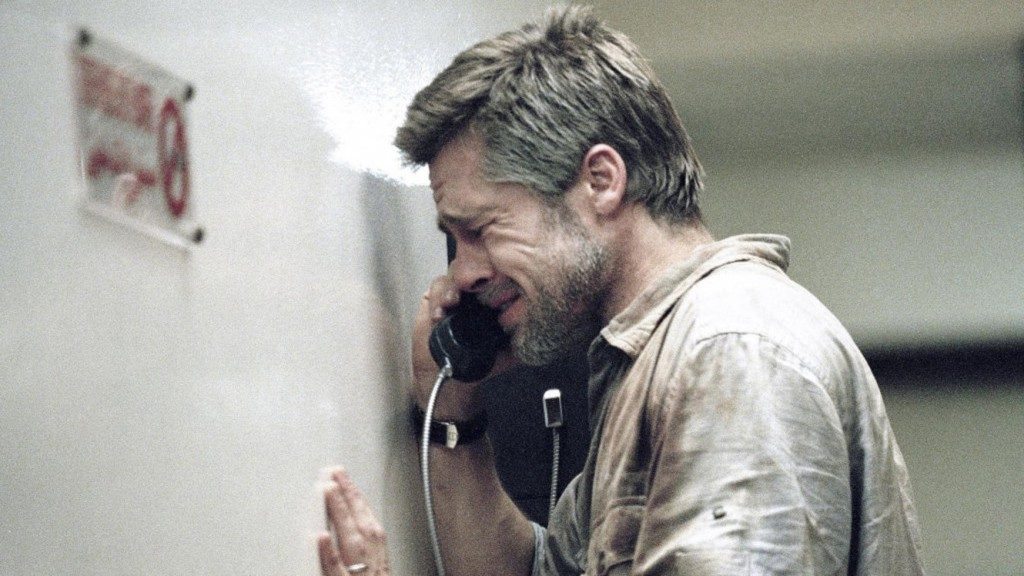
Not a lot of filmmakers would come close to Alejandro Inarritu when it comes to depicting raw human emotions of pain and sorrow. His death trilogy, while lacks the needed consistency at places that pulled it back from being labelled as a masterpiece, is still one of the most important trilogies made in cinema in recent years. And ‘Babel’ may well be the second best of the trilogy and has Inarritu at the top of his game as he beautifully tailors the lives of individuals who are oceans apart, connected by inexplicable emotions of grief, pain, sorrow and guilt. Tautly written and directed with total panache by Inarritu, the film boasts of some of the most genuinely powerful performances you’ll ever see and a soundtrack so exotic and original.
10. Traffic (2000)
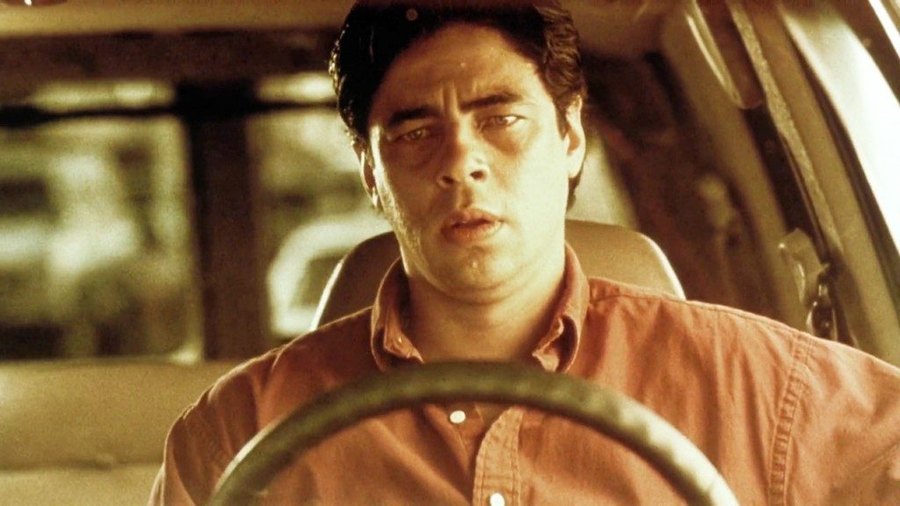
One of the most engaging crime dramas of the 21st century, Steven Soderbergh’s riveting tale explores illegal drug trade from numerous perspectives including politicians, traffickers, enforcers and users. The film’s complex narrative unfolds using a multiple storyline structure that unravels the stories set in different places, each depicting the struggle in the fight against drug trade and use, which includes two Mexican police officers who are assigned to wipe out a drug cartel, a judge involved in the fight against drug war who would later discover that his own daughter is an addict and a pregnant woman who finds out secrets relating to her husband’s profession. Most of the characters or their lives do not intersect, but the film portrays their connectedness with respect to their actions, goals, and mutual drive to fight the drug trade and, in the process, deal with their own conflicts and dilemmas.
Read More: Best Movies About Loss and Grief

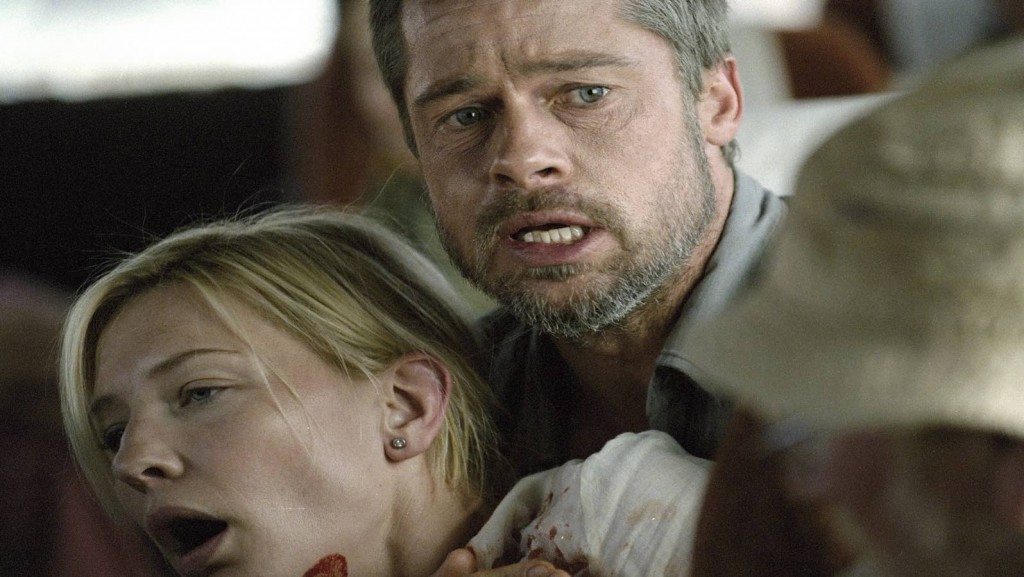
You must be logged in to post a comment.